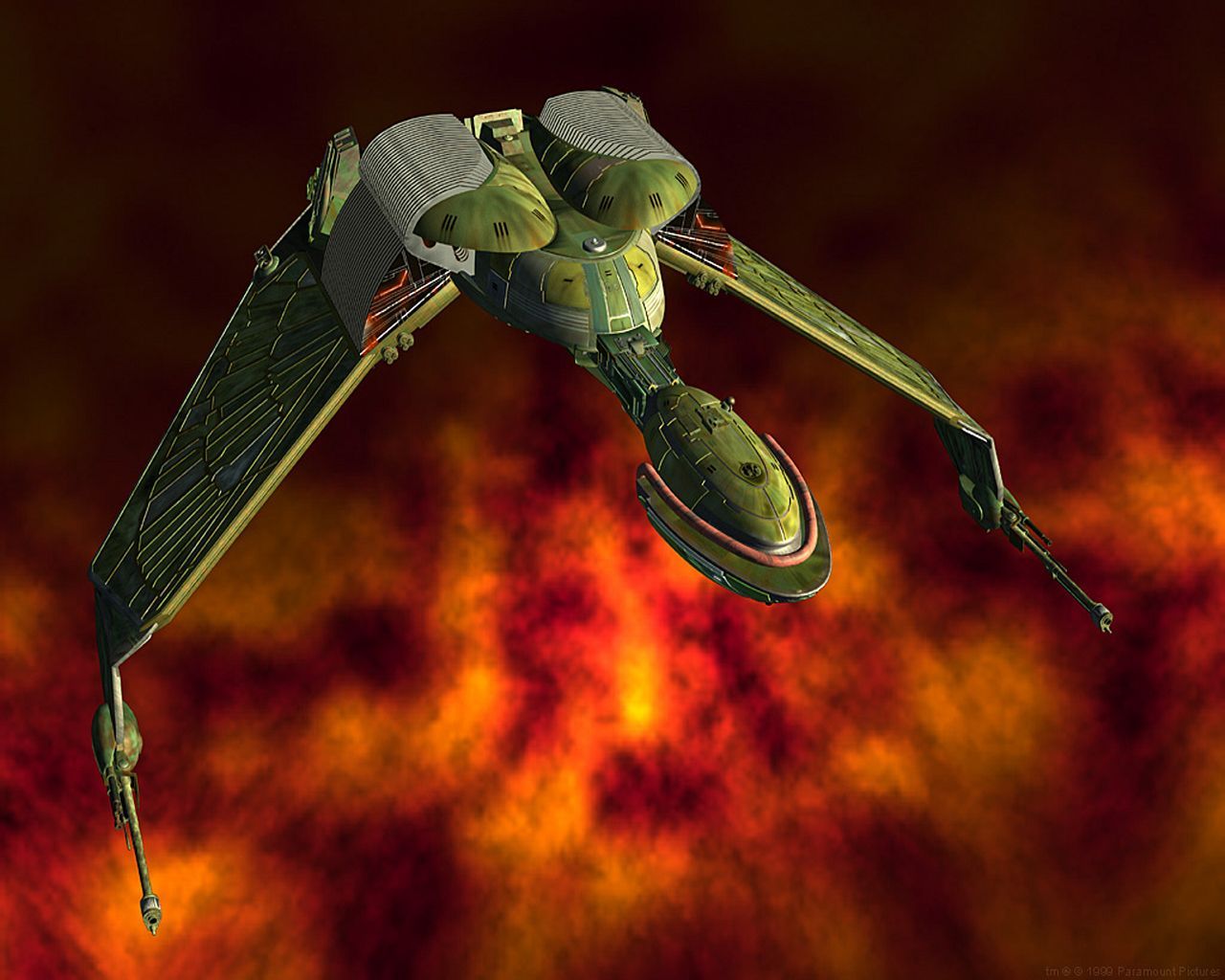Appimages totally suck, because many developers think they were a real packaging format and support them exclusively.
Their use case is tiny, and in 99% of cases Flatpak is just better.
I could not find a single post or article about all the problems they have, so I wrote this.
This is not about shaming open source contributors. But Appimages are obviously broken, pretty badly maintained, while organizations/companies like Balena, Nextcloud etc. don’t seem to get that.
Appimages are awesome for the regular user. Single file, just double click to run anywhere. Snap and Flatpak should die a quick death and all the work should be used to improve Appimages. There’s no other concept for the end user as simple and clear as this.
No it is not. Appimages are bad.
https://youtube.com/watch?v=4WuYGcs0t6I&t=456
Watch that talk. And also read the text I guess. Also comments under other comments.
Appimages are seriously broken
They mimic the apple application format to some degree and it is a great way to distribute. The real detriment is sandboxing but with more support this could be included.
I double clicked, the program didn’t run because it’s missing some dependencies
Why do I hear the argument about no .desktop entries in every thread like this? Creating a .desktop file is a requirement for the appimage creation tools to work, and appimaged installs it in the system menu immediately. It’s seamless.
Static binaries, or dynamic binaries whose project has documentation on what dependencies they need, are better than appimages. This is because appimages are a container with the actual files inside, creating a layer of abstraction, and appimages require libfuse to work.
Imagine the case in NixOS, where dynamically-linked binaries don’t work out of the box. You can patch or package these binaries, or just quickly use something like steam-run to emulate traditional Linux bin and lib paths, it works. With appimages, it won’t work unless you already have libfuse in your system, so you have to extract the appimage first.
Still, flatpaks as the only official alternative isn’t great for many reasons, and CLI/TUI programs are out of the equation. What is better is the devs distributing unpackaged binaries, jars, etc, and optionally flatpaks. Either way, Nix’s repository is huge so I don’t usually feel the need to run anything that isn’t a nix package.
Some of these apps can’t work as flatpaks at all, because they require more access to the system, e.g. Davinci Resolve. AppImage allows that. I mean, heck, even Ubuntu runs a virtual filesystem in order to allow its Snap Firefox to access the Dictionary that lives “outside” its sandboxing. So, yes, there are cases where AppImages do serve a purpose. Not most cases, but a lot of cases.
Are these access problems not solvable with XDG portals?
because they require more access to the system
afaik, you can allow more system access to flatpaks
Ubuntu runs a virtual filesystem in order to allow its Snap Firefox to access the Dictionary that lives “outside” its sandboxing
i believe flatpak also does that, you can specify some paths from the host to be available to the flatpak
Have a look at GPU screen recorder, I think thats as much privileges as you need.
XDG-desktop portals are not yet complete. But for filesystem access and GPU de/encoding that should already work.
If the Davinci Resolve devs actually cared about Linux… I think the best way to run it is using uBlues image on Podman.
I’ll be voted down but…
This is the shit you get from kids who grew up with “app stores.”
What the hell are you talking about? Did you even read the post? They literally praise native package managers, statically linked binaries and even .tar archives over appimages. If you don’t have any actual arguments against their point, you don’t have to make shit up, you know? Using BS ad hominem to dismiss someones opinion isn’t a great look.
Oh I read this overly-long breathless whining alright. Could have been like 3 bullet points - 1 of which is “doesn’t create an icon for you”?
Oh my God how do I run things without an icon to tap? That “terminal” app is scary!
Man what a braindead take.
Firstly, you’re not adressing the fact that your BS Ad hominem didn’t even make sense. You’re calling OP a “kids who grew up with “app stores”” when they are talking about prefering to get a .tar over appimages. You’re now even doubling down with “That “terminal” app is scary!”. I know having actual arguments is hard, but maybe just think for a second before writing something, particularly if you’re so desperately trying to be snarky.
Secondly having to using the terminal is fine for experienced user who like the efficiency of it and makes sense for more advanced cli apps or development tools, but for app that are meant for an average it’s just a needlessly shitty experience. Same goes for having to look up the website to download a random package from the internet that you’re going to run uncontained on your system. Given how easy it is to game the SEO to land at the top, this is just begging for a virus and is an absolutely garbage system.
And it really doesn’t need to be this way given that we already have better working alternatives.
You also dont use the Terminal for Appimages, its all shitty GUI patterns taken from Windows UX.
Lucky kids. I remember when I switched to Linux and encountered my first app store (Synaptic). That was already such a huge improvement over random
.exes, and app stores today are way, way better.Package managers are fine. Walled gardens are not.
Absolutely. Luckily their are plenty of non-walled garden solutions on Linux, e.g. Flatpak.
Damn even i was impressed by apt install command so much the first time
And yours is from people who are missing any security awareness and think windows is great because you can double click any executable and don’t need to waste any thought on isolation and privileges.
That’s elitist behaviour right here, if you want for Linux to get bigger user base then there have to be a simpler way of doing thinks “without thinking” no matter how simply you’ll make the process, it always need to go simpler because that’s the way you acquire big user base, p.s: mind you, I’m not a windows user myself, I’ve been daily driving Linux for almost 9 years already, but i just understand what your everyday John need when i remember myself back in the day, i think maybe, proper way of building Linux for everyday people is chrome os and android, and yes, you may say android is not Linux, android is not gnu/linux android is bionic/linux but it’s still Linux and those two examples are good to majority of people
The linux people and their repositories…
i think those kids got a point – app stores are easier than finding random executables on the web
it can sometimes be a pain to find the original developper’s website to get a legitimate copy of the software from, especially for non-technical users.
the main issue with app stores is that they’re often closed ecosystems, where there’s only one app provider. that’s not the case with flatpatk!
I do not agree. AppImages can be double clicked and executed. They are not a pain to use. I have a few dozen AppImages besides a few Flatpaks and plenty native packages on Debian. Comfortable setup that carried over from Ubuntu LTS.
This poster advertises GrapheneOS propaganda, and I never take those security weirdos seriously anyway, so either way I do not consider their security arguments as valid. All of these people have a common theme – pushing people towards becoming dependent on them, their “repositories” and apps, forming cults around it and becoming self-approved security gurus and dishing out moronic advice.
If there was a way for these people to be able to rebrand one of the non-native packaging formats, they would shill the fuck out of it, just like GrapheneOS.
AppImages can be double clicked and executed. They are not a pain to use.
i can understand that, but flatpaks are easier to upgrade and automatically integrated into your package manager, which (i believe) isn’t as straight forward for appimages. also there’s one major repo where you can find most apps (flathub) making app-hunting less daunting i feel like.
also, once your app is installed, it’s always in your system menu, so that doesn’t change much in the long runComfortable setup that carried over from Ubuntu LTS.
can’t you carry over flatpaks as well? you can probably copy /var/lib/flatpak or wherever they store their stuff from one system to another, or failing that, save all the app IDs you have installed, and re-install them onto your new system, backing up ~/.var to keep all your data!
Flatpack puts all app data in
~/.var?? Ewww! No thanks.I preferred a clean slate Debian installation. I had other Flatpaks with doubled version dependencies as well, which I got rid of. I believe that we should opt for the most frictionless workflow, and use best tool for a job. (Of course 🖕 to anti-privacy stuff as much as feasible.)
Two nice Debian+Windows 7/10AME machines with lots of privacy, solid security and a great amount of freedom😌 feels like Pareto frontier is achieved, but still want to see if minimal modifications can make things even better, so I could update my Linux/Windows computing guide.
Odd, this random github rant didn’t seem to sway my opinion.
To hell with user choice, only flatpak
It’s thanks to user choice that we aren’t all stuck on proprietary operating systems, so saying that isn’t great.
I’m not going to weigh in on the specifics of Flatpak vs AppImage, because I don’t know enough about the particulars.
However, I think the “user choice” argument is often deployed in situations where it probably shouldn’t be.
For instance, in this case, it’s not the user’s choice at all, but a developer’s choice, as a normal user would not be packaging their own software. They would be merely downloading one of a number of options of precompiled packages. And this is the thrust of the argument. If we take the GitHub rant at face value, some developers seem to be distributing software using AppImage, to the exclusion of other options. And then listing ways in which this is problematic.
I, for one, would be rather annoyed if my only option were either AppImage or Flatpak, as I typically prefer use software packaged for my package manager. That is user choice, give me the option to package it myself; hopefully it’s already been done for me.
There are some good things to be said about trust and verification, and I’m generally receptive to those arguments way more than “user choice.”
Thanks. Also, afaik lots of software is not legal to redistribute as Flatpak.
I wish AppImages would use some kind of aligned format for their internal files, so the hundreds of duplicate libraries could be deduplicated by my file system. This is already possible on an extent level, but for that to work, the extents would actually need to match, which means file offsets need to align with extent offsets.
Perhaps there’s a way to run a tool over an AppImage to do this alignment for you, but add enough of this tooling and you’re back to regular Flatpaks.
My experience with AppImages hasn’t been great, to be honest. More DEs need to include extended support for them to make them work (i.e. actually load the icon instead of showing the “generic binary” icon, setting the executable bit after clicking through the security dialog at least once, maybe some kind of mechanism to validate embedded PGP signatures if the AppImage folks bothered to include that functionality).
I’m also pretty annoyed by the lack of dynamic libraries, which means every time there’s a critical security flaw anywhere, I need to stop using all AppImages until they’ve each had a patch of their own, and then I still need to check if they actually bothered updating the libraries they package. It’s like Docker all over again, but even less transparent.
AppImages are great and easy to use and they can be very easily archived. Today I tried to archive a Flatpak package (yuzu) and it was a pain, complicated and gave up in the end. I end up archiving multiple versions of the AppImages and continue using the Appimage for this emulator. Also sometimes Flatpaks do not work correctly, and I (and any other user) have to figure out what settings and configuration, rights and other stuff is needed to setup with Flatseal. Recently I solved the open links issue with Flatpaks, and found out a certain portal was required to be installed. Also sometimes the theming is not correct too.
All in all, I use Flatpak still and AppImages too, each for their own reasons. The lack of repositories and not needing an installation for being functional is not a problem with AppImages, because that’s the entire point of it. They can be automatically generated and ready for download, regardless of any repository, directly on Github from the developers. There is even a program, RPCS3 (a ps3 emulator), which can check and update itself and list all changes since last update.
If you download AppImages from shady places, then off course its shady and insecure. Just like installing any software without knowing what you are doing is insecure. So that’s not a point against the format itself. The argument “Duplicated libraries” is hilarious, if we speak about AppImages vs Flatpak, because Flatpak has duplicated drivers (especially with Nvidia, I know how bad it is because I had Nvidia cards before) and desktop environment versions, just because certain versions of the application needs it.
I don’t understand these evangelism for packaging formats. Flatpak, AppImage, native system packages and other formats have their own uses and are all useful and not bad.
What do you want to achive with archiving, because of a potential takedown by Nintendo?
Just for your purpose you could just keep it installed and probably block it from getting updated. I am sure you could also backup the .flatpak file somehow, and all the dependencies would still be accessible.
flatpak runtimes are pretty bloated, when you use different versions etc. And its bad that you cant only use Flatpak, currently. But locally they use deduplication, so GNOME, KDE and Freedesktop.org will share at least some libraries.
But for sure, it may not be the best library management there is.
Its not evangelism, there are developers that thinl Appimage is an acceptable format and only support that. I dont know but guess some licenses prohibit user repackaging as Flatpak, so you have to stick with that pain.
The deduplication is only for one specific version, even if its installed on my operating system already. AppImages do not include the entire KDE system. And Flatpak will install multiple versions of drivers (Mesa in example) and other dependencies. While this is exactly what Flatpak was designed for and there are good reasons for, it is important to understand that was counter arguing your argument against AppImages for being bloated. Both approaches are good in their own way, depending on what you want or need.
The backup of Yuzu Flatpak was just a current example why someone would want do that. There can be any reason to backup specific software versions, which is not the topic of today. The topic is, that with Flatpak its a mess to backup and restore. Yes, you can copy the configuration and installed binary files, but that does not work on any other computer. You can backup the key and other important files as well, but then its complicated to restore them as well, that I just gave up. It’s probably not impossible, but not straight forward; a bad user experience.
Meanwhile I can just download an AppImage and copy the file and its archived. Done. In multiple versions. No extra software, knowledge or complicated dance to do this very simple and important task.
Good points.
I use Appimage this is a tool which make it easy to install Appimage and update it
When the description of a program on gh gives you more headache…I think its not doing a good job.
I don’t get why we didn’t just do it macOS style; bundle everything into one directory with a standardised structure and wire up file managers etc. to run the correct executable inside it.
optBecause the FHS is a more sensible organization of files. Not every user needs to have their own executable for each program, that’s a mess.
macOS has both, a system wide /Applications and per-user ~/Applications. Not to mention that it doesn’t really matter on a single user system anyway.
Proper, integrated packaging is obviously preferred (though as a NixOS user I disagree that that implies an FHS) but this is about “stand-alone” packages. You’re missing the point.
Totally agree with basically every point here. You hit the nail on the head. App images are the .exe’s of the Linux world and I don’t understand how someone can say they love app images but hate Window’s portable exe’s. Even Windows doesn’t have nearly as many portable executable as they once did. And when they do, most people (even those who prefer app images) prefer an exe with a Windows installer.
Anyways, this is all to point out why I avoid app images if at all possible
As someone who didn’t have a computer and had to install everything on a USB drive at some point, I absolutely LOVE portable .exe’s. Don’t see why anyone would have a problem with it. Don’t see a problem with aopimages either.
AppImage is a nice way to have an app on an USB stick, remote server or for archival. But for normal app usage, why?
I want to find a way to do this with flatpaks too.
A small GUI tool (a statically linked binary lol) that can be placed on that stick
- copy the flatpak app and runtime stuff to a folder
- copy the desktop entry over
- copy app data when chosen
And the same thing to copy it from the stick to a live system. Should work, probably not haha
TIP: Flatpak have a build-in way for creating USB, check out the “flatpak --help”.
But the point is with Appimage all that have to be installed is FUSE, which is expected to be installed on most installs when you go to a friend or work where Linux is used.
Oh nice!
Flatpak also works everywhere and appimages are not ported to fuse3…
I mean I want to think Appimages where nice, and they are kinda, but no.
AppImages can be signed. Flat pak is the lesser option for security
Explained in a other comment how a pain it is to verify such a signature.
Is that stored in the appimage file?
I find it funny how flatpak neglectors always spell it wrong
youtube.com/watch?v=4WuYGcs0t6I&t=456
For all the Grayjay/Newpipe/Freetube users
Very good video with additional points, will add them

















